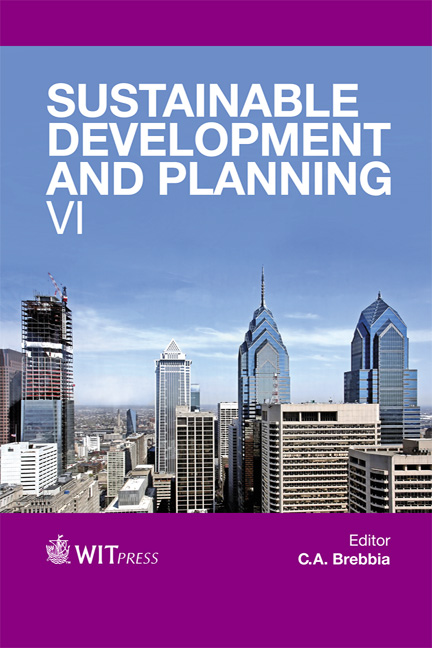Hive Minds: Distributed Intelligence Within The Biomimetic Studio
Price
Free (open access)
Transaction
Volume
173
Pages
9
Page Range
335 - 343
Published
2013
Size
829 kb
Paper DOI
10.2495/SDP130281
Copyright
WIT Press
Author(s)
S. Barry
Abstract
Biomimetic design finds its muse in the natural world, more pertinently from the processes, anatomy, and function of site-specific flora and fauna. Maintaining a critical role in the development of a sustainable and environmentally responsible society, it relates to the dynamic between climate and living organisms, seeking to work with rather than against the external environment, promising to yield new means by which built environment research and design professionals may respond to and interact with their environment. At Manchester School of Architecture, innovation within biomimetic design studio culture has led to the incorporation of design strategies, which examine the properties of living systems in order to extrapolate desirable attributes from them and subsequently synthesise new responses. Employing research by design methodologies, students learn from the evolution of natural systems, incorporating these findings in their design work, emphasising ways of thinking and designing that brings architecture into a process of environmental and biological focus. As such, the methodology employed raises the prospect of closer integration of form and function, promising to yield new means by which students may respond to and interact with their own environment. This paper advocates the proposition and utilisation of the biomimetic model with regard to architectural education and building design. The development of which may prove more than a hypothetical metaphor, but a new biomimetic design paradigm, a model for holistic, sustainable urban design, an ecologically synergistic, generative architecture of an energy positive and progressive tomorrow.
Keywords
biomimetics, process-based ecotonic architecture, biomimetic sustainability, architectural education





